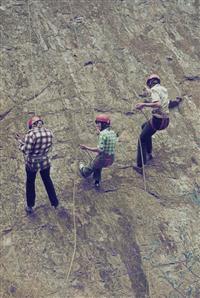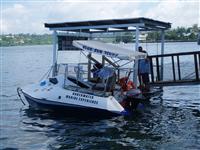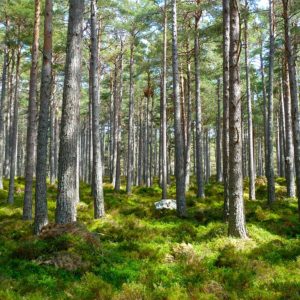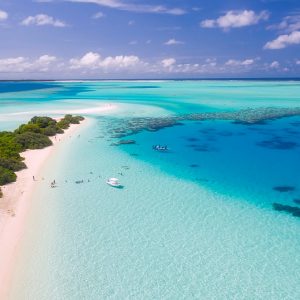 Learn to plan and manage services in adventure tourism.
Learn to plan and manage services in adventure tourism.
COURSE STRUCTURE
There are 8 lessons as follows:
- Scope and nature of Adventure tourism
- The Product: Sources and Types
- Management
- The Customer
- Locations & Facilities – Artificial environments
- Locations & Facilities – Natural
- Ethics, Sustainability and Environmental impacts
- Risk management & Insurance
Each lesson culminates in an assignment which is submitted to the school, marked by the school’s tutors and returned to you with any relevant suggestions, comments, and if necessary, extra reading.
AIMS
- Define the nature and scope of adventure tourism
- Identify types of adventure tours, and sources of information on them.
- Consider the requirements of managing an adventure tourism destination or service.
- Identify potential customers, customer needs and requirements in planning and conducting adventure tours.
- Identify various kinds of artificial environments for adventure tours, and the facilities typically provided at them.
- Discuss the requirements and problems associated with using natural locations for adventure tours.
- Identify ethical and environmental issues related to adventure tourism.
- Identify kinds of risk and strategies for reducing their negative impacts on customers and operators.
WHAT THE COURSE COVERS
Here are just some of the things you will be doing:
 Define Adventure Tourism in your own words.
Define Adventure Tourism in your own words.- List target groups for marketing adventure tourism.
- What type of adventure tourism do you consider to have the greatest potential for financial success in your region.
- Summarize brochures on 5 different adventure tourism attractions, services or tours.
- Submit a list of Adventure Tourism attractions
- Analyse the potential of adventure tourism in the region in which you live.
- Compare the attractions and disadvantages of three different locations or destinations in adventure tourism.
- How does Adventure Tourism differ to other types of Tourism?
- How does the media influence Adventure Tourism in your Country?
- Explain licensing requirements for three different types of adventure tourism activities in your country.
- Describe ways in which the adventure tourism market might be segmented.
- How are consumer trends changing in adventure tourism?
- Explain the difference between soft and hard adventurers.
- Based on your research, discuss the relationship between adventure and risk.
- What kinds of people are most likely to go on adventure tours?
- Differentiate between artificial and natural adventure tourism destinations.
- List as many types of different artificial tourism attractions as you can conceive of (they do not have to exist), and indicate beside each what you believe is its likely target market.
- Arrange a list above into soft & hard destinations.
- Report on the environment, facilities and services at the two different adventure tourism destinations. in two columns: one column hard & one soft
- List different types of natural adventure tourism activities
- What areas of natural adventure tourism have experienced growth in recent years?
- What issues should management consider when planning to use natural adventure tourism destinations?







